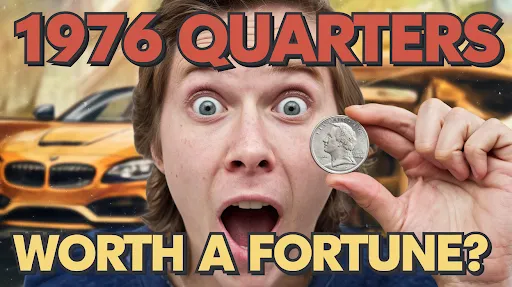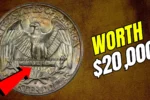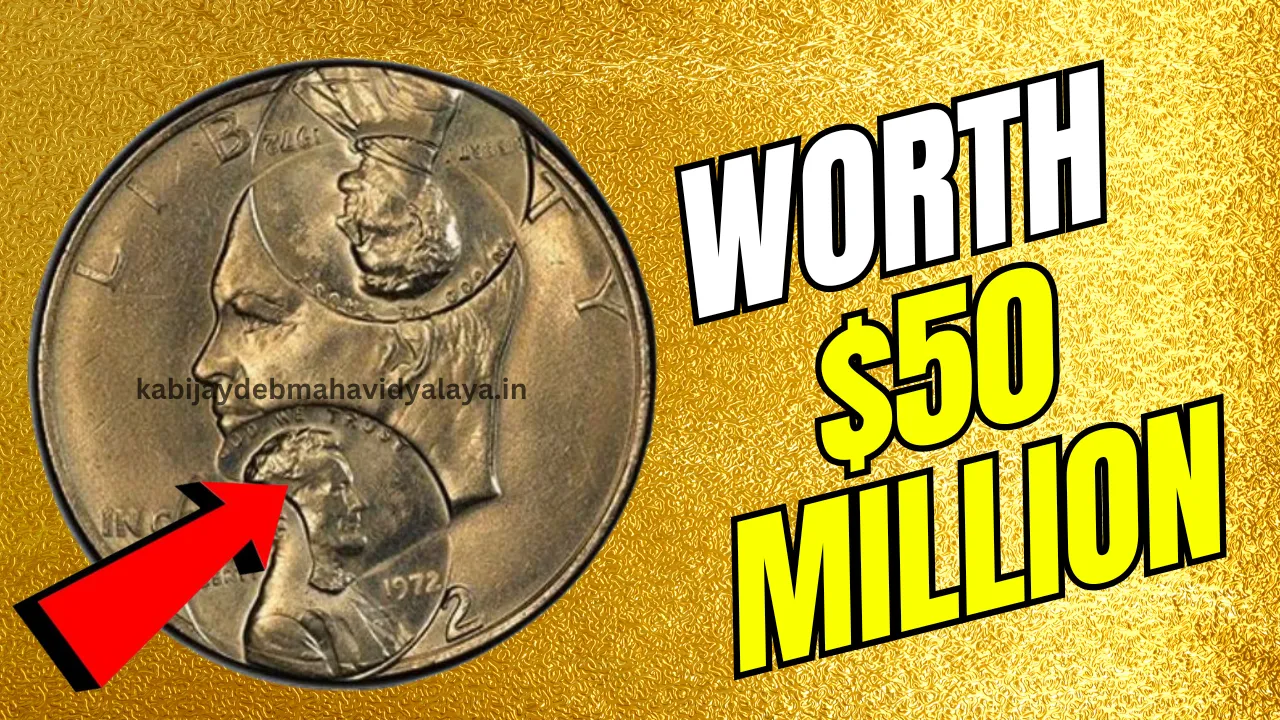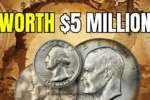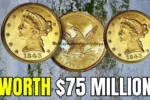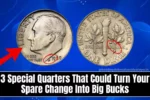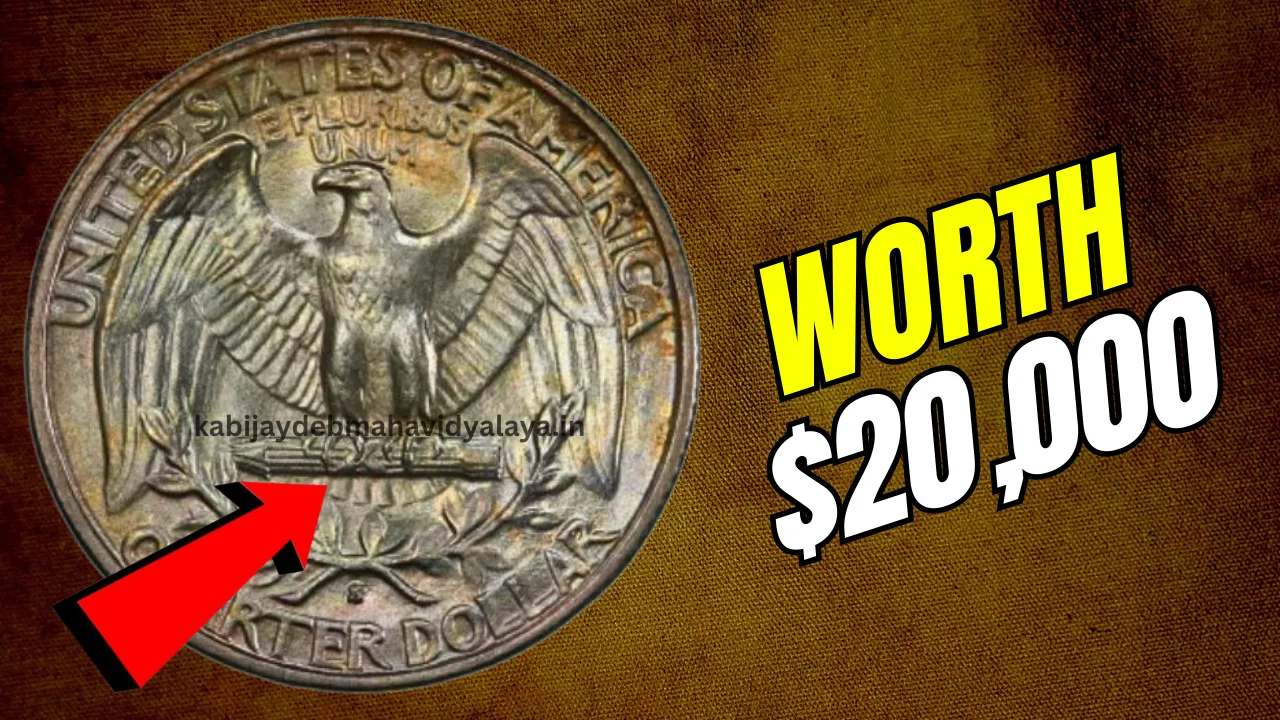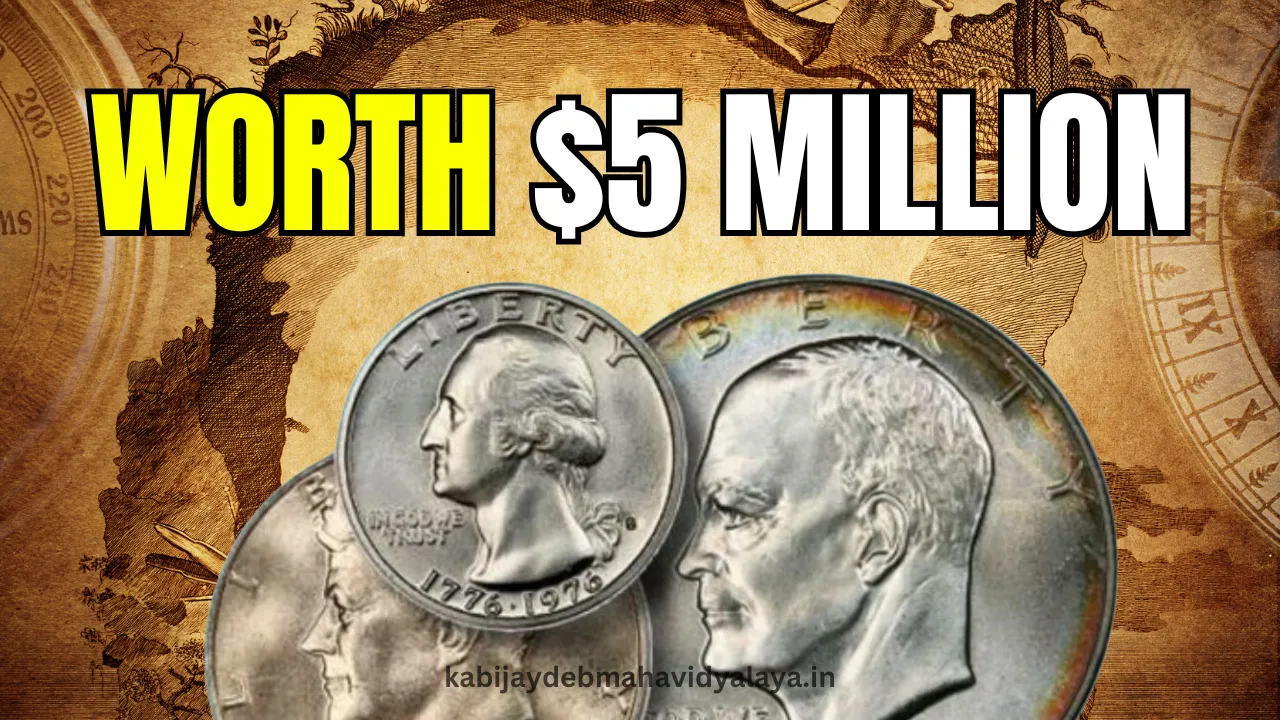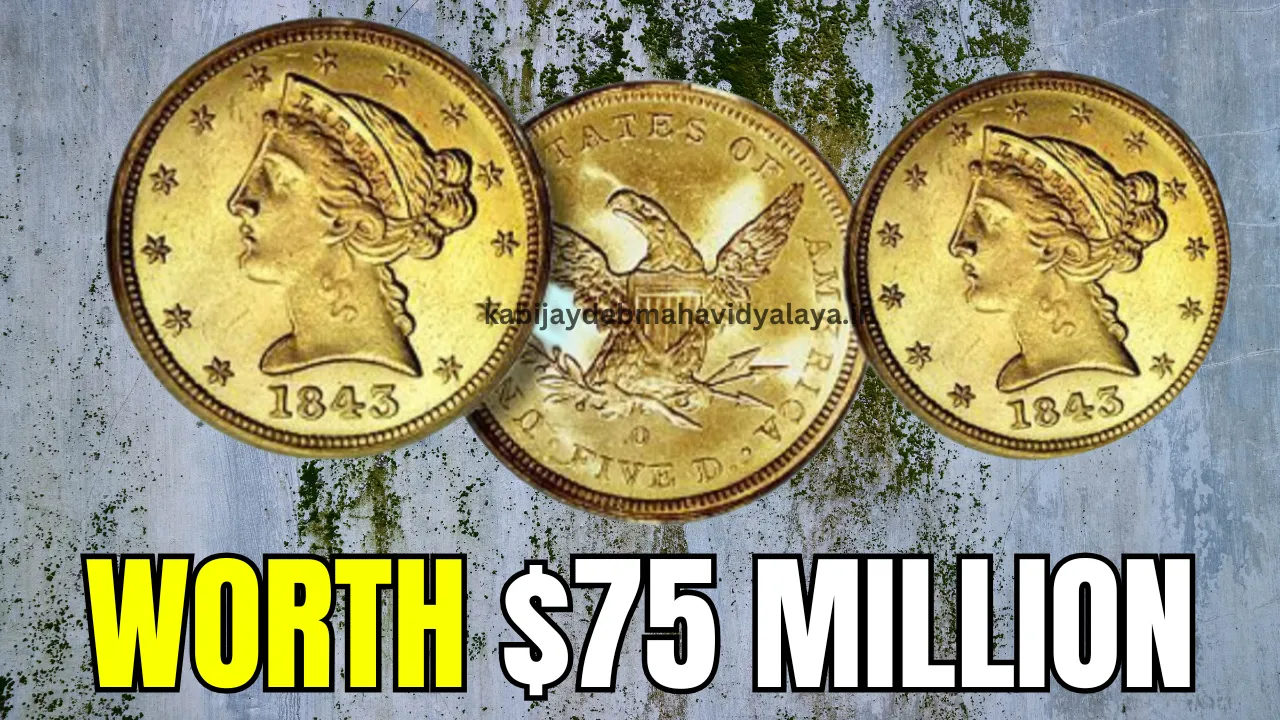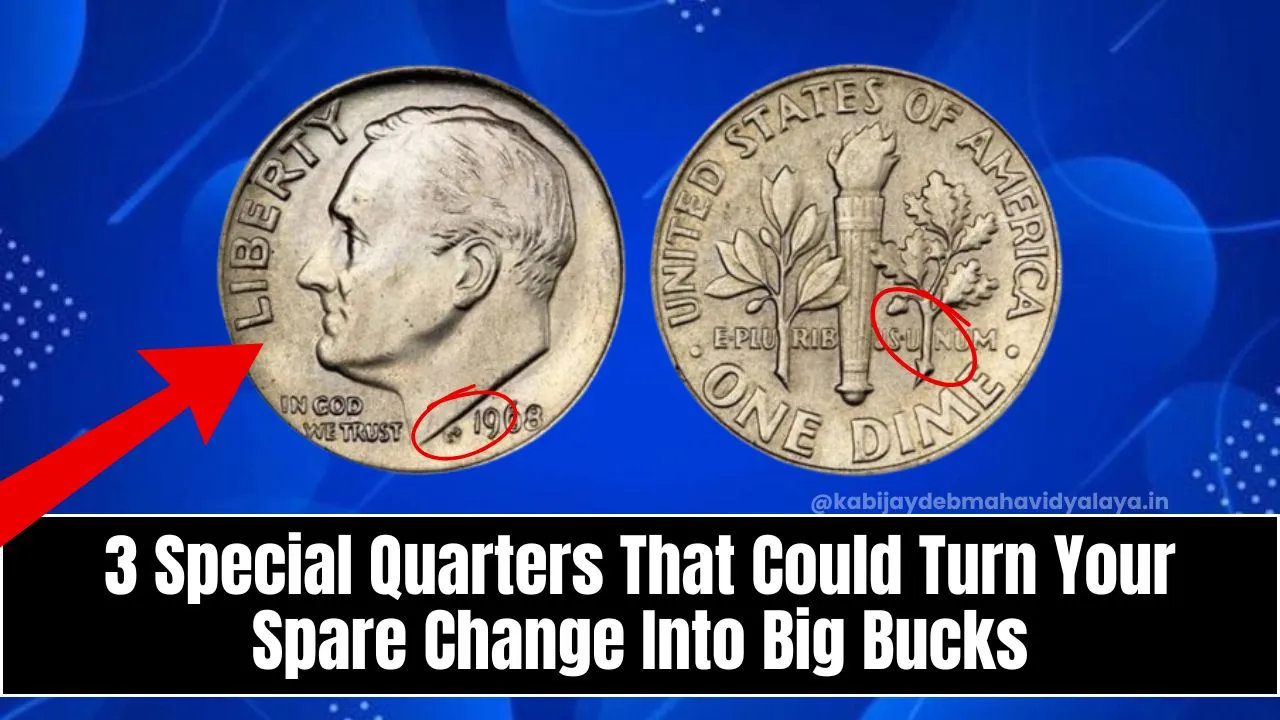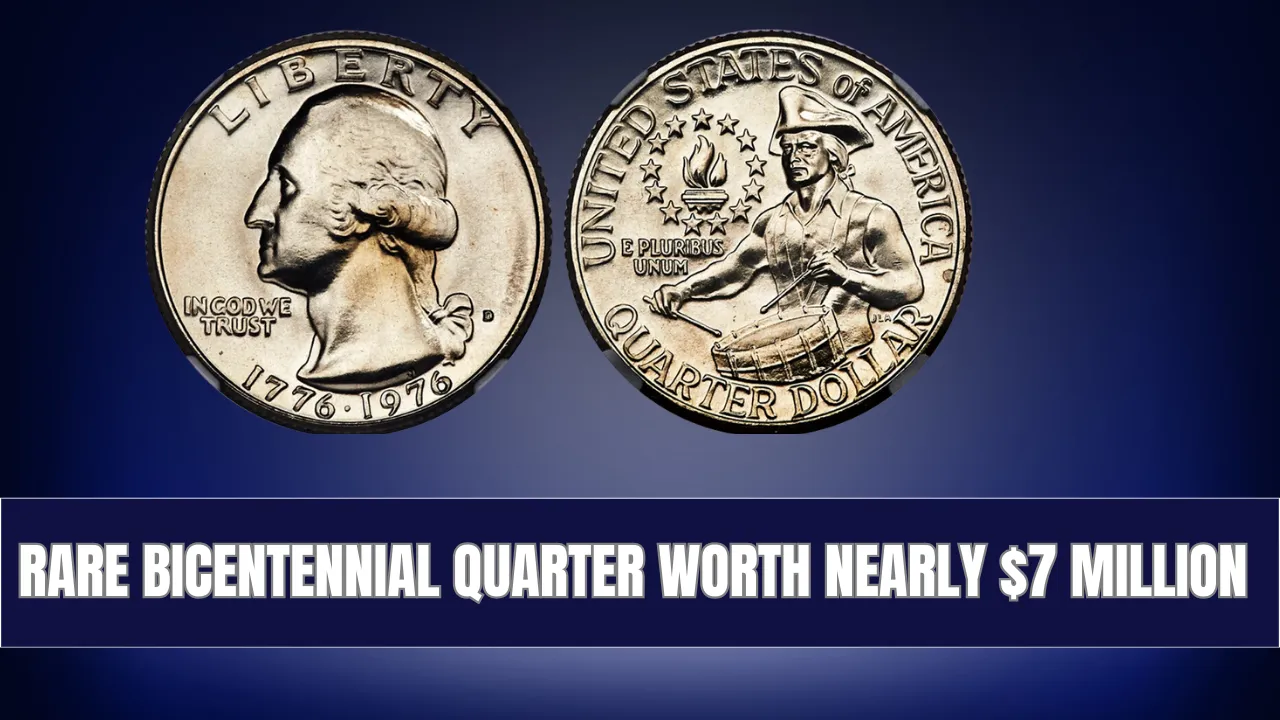1976 Quarters: Did you know that a simple 1976 Bicentennial quarter could be worth more than the car you drive? While most of these commemorative coins are worth just 25 cents, certain rare versions can fetch thousands of dollars in the collectors’ market. Struck to honor America’s 200th birthday, these quarters feature a unique dual date (1776–1976) and a distinctive drummer boy design, making them instantly recognizable.
So, what’s so special about these coins? The value of 1976 quarters depends on a few key factors, including rare silver editions, minting errors, and their overall condition. In this article, we’ll take a deep dive into what makes these coins valuable, how to identify rare versions, and what to do if you think you own one of these treasures.
Overview Table: What Determines the Value of 1976 Quarters?
| Type of Coin | Unique Features | Potential Value |
| Standard Copper-Nickel Coins | Commonly circulated; copper-nickel alloy | $0.25–$1 |
| Silver Bicentennial Quarters | Made with 40% silver; rare in circulation | $5–$1,500 |
| Error Coins | Minting mistakes like doubled dies or off-center strikes | $1,000–$10,000+ |
| Proof Coins | Collector-grade with mirror-like finish | $20–$6,000+ |
| High-Grade (MS67 or higher) | Perfectly preserved, near-flawless examples | $1,000–$6,000+ |
What Makes 1976 Quarters So Valuable?
1. Silver Bicentennial Quarters: A Collector’s Favorite
Most 1976 Bicentennial quarters you’ll find in circulation are made from copper and nickel, but the U.S. Mint also produced a limited number of 40% silver quarters. These silver coins were sold exclusively in special collector sets and were never intended for everyday use.
How do you spot a silver Bicentennial quarter? Look at the edge of the coin—if it appears solid silver with no copper stripe, you may have a rare piece. Additionally, silver coins weigh slightly more (5.75 grams) than their copper-nickel counterparts (5.67 grams). Depending on their condition, these quarters can sell for $5 to $1,500 or more.
2. Minting Errors: Rare Mistakes Worth Thousands
Sometimes, mistakes at the mint result in unique coins that collectors are eager to buy. These error coins are rare and can dramatically increase the value of a 1976 quarter.
Some of the most sought-after minting errors include:
- Doubled Die Errors: These occur when the coin’s design or text appears doubled due to a mistake during the minting process.
- Off-Center Strikes: The coin’s design is misaligned, leaving blank space on one side.
- Wrong Planchet Strikes: Occasionally, coins are struck on the wrong type of metal, creating highly valuable anomalies.
Depending on the severity and uniqueness of the error, these coins can sell for anywhere from $1,000 to over $10,000. If you suspect your coin has a minting error, it’s worth having it professionally appraised.
3. Proof Coins: Beautiful and Valuable
Proof quarters were specifically made for collectors in limited quantities. These coins are easily identified by their polished, mirror-like surface and sharp, detailed designs. They were not released into circulation, so finding one in your change is unlikely but not impossible.
While most proof coins are worth between $20 and $50, those in flawless condition or with unique errors can sell for $1,000 to over $6,000. Proof coins are typically graded by professional services such as PCGS (Professional Coin Grading Service) or NGC (Numismatic Guaranty Corporation), and a high grade can significantly boost their value.
4. High-Grade Coins: Near-Perfect Condition Pays Off
The value of a Bicentennial quarter skyrockets when it’s in pristine, uncirculated condition. Coins graded as Mint State (MS) 67 or higher are considered near-perfect and highly desirable among collectors. Achieving this grade is rare, especially for quarters that have been in general circulation.
For example, a 1976 Bicentennial quarter in MS68 condition sold for over $6,000 at auction. If you come across a quarter that appears to have no wear, scratches, or other imperfections, it’s worth sending it to a grading service for evaluation.
How to Identify a Valuable 1976 Quarter
Finding out if your quarter is valuable doesn’t require expert tools—just a little knowledge and careful inspection. Here are some tips to help:
- Check the Edge: A silver quarter will not have the copper stripe typical of copper-nickel coins.
- Look for Errors: Use a magnifying glass to spot doubled dies, off-center strikes, or unusual design features.
- Weigh the Coin: A silver quarter weighs 5.75 grams, while a standard quarter weighs 5.67 grams.
- Evaluate Condition: Coins in mint or near-perfect condition are worth more than heavily circulated ones.
Frequently Asked Questions (FAQs)
1. How do I know if my 1976 quarter is silver?
Silver quarters weigh slightly more (5.75 grams) than standard copper-nickel ones (5.67 grams). Check the edge—if it’s solid silver with no copper stripe, you likely have a silver coin.
2. What errors should I look for in a Bicentennial quarter?
Errors like doubled dies, off-center strikes, and wrong planchet strikes are the most valuable. These rare mistakes can increase the coin’s worth significantly.
3. Are proof Bicentennial quarters worth collecting?
Yes, especially if they’re in perfect condition or feature a unique error. Proof quarters with a flawless mirror finish can fetch thousands of dollars.
4. How much is a typical Bicentennial quarter worth?
Rare coins can be sold through certified coin dealers, reputable auction houses, or online platforms like eBay. Ensure your coin is authenticated and graded before selling to maximize its value.
Final Thoughts
The 1976 Bicentennial quarter is more than just a commemorative piece of history—it could be a jackpot hiding in your change jar. From silver compositions to rare minting errors, these coins are highly sought after and can fetch impressive sums at auctions or through private sales.
If you think you’ve found a rare or valuable quarter, take the time to have it professionally evaluated. Who knows? That little drummer boy on your quarter might just lead you to a fortune. Share this article with your fellow coin enthusiasts and let us know in the comments if you’ve discovered a hidden gem!
